Head to your Instagram app, type ‘#flyfishing’ into the search bar, and it will tell you that there are more than 7.6 million posts. And, scrolling through them, you’ll also notice that many (or most) of these photos are of people hoisting a fish out of the water and smiling for the camera—what we like to call a “hero shot.” If you’re an angler like us, chances are you’ve taken more than a few of these hero shots. We have, too. Let’s all admit it.
Today, we’re going to take a good, hard look at whether or not we should start to de-emphasize the hero shot. There are more than a few reasons why it’s a practice that should be used carefully. Take, for example, the skyrocketing temperatures across the West that are threatening salmonid species. Or, look at the fact that catch-and-release fishing results in 18 percent of fish dying either way—some species have an even higher percentage.

These are all reasons why we should think twice before we snap a photo on the river, regardless of the conditions or the species we’re targeting. But, before we condemn the practice altogether, let’s look at a few considerations.
One last note before we get started. If you scroll through our own Instagram page, you’ll see plenty of hero shots. As you’ll see, there’s a time and place where it makes more sense than others, but we also aren’t perfect. Internally, we’re always having conversations about how we treat fish and how we can treat them better in the future.
With that in mind, let’s take a quick look at the hero shot and why it deserves a critical eye.
Know Your Fish
If you’re thinking about snapping a photo, it helps to know a thing or two about the fish you’re catching. Some species are very hearty when it comes to air exposure, and others simply aren’t. For example, carp and catfish can be exposed to air for up to ten minutes (still, not recommended) without any harmful effects. On the other hand, tuna, bonefish, trout, and salmon are not nearly as hearty and air exposure should be kept to a minimum, if at all.
Here’s how non-profit organization Keep Fish Wet defines “to a minimum”:
The default should be “as little as possible”. We are unaware of a biological explanation nor a single scientific study showing that air exposure is good for fish. So, what is a “little”? If we are looking for a single number to apply across the board, the 10-second limit proposed in a synthesis of available data remains the most useful value. The Keepemwet Fishing mantra is about minimizing air exposure and keeping fish wet. Even we scientists love to admire fish and capture the moment just like anyone else. In fact, that was the entire premise for the #keepemwet movement—how fish can be admired in a way that also ensures that they are released in a state where there are likely to survive and thrive.

Long story short, if you’re trout fishing, you need to make the photo quick or not at all. If you’re fumbling with a camera or trying to a better background, chances are the fish has already been in the air far too long.
Know Your Situation
Most anglers know that trout need cold water, and that’s because colder water generally means higher oxygen levels. As trout streams’ temperatures rise, scientists and other organizations are begging anglers to give the fish a break, and for good reason. So, pay close attention to water temperature if you’re heading to the river. Anything above 65 degrees and it’s probably a good idea to hit the bass water for the day, much less prepare for photo opportunities.
But, it’s not just trout. As this study in the Elsevier Journal concluded, the higher the water temperature, the higher the mortality rate was for fish exposed to air, across the board. The study was conducted with bluegills, and the highest mortality rate coincided with the highest temperature. So, when things are boiling, keep those fish in the water. Save a snapshot for a cool, cloudy day. Harsh light is bad for photos anyway.
Handle With Care
If you are going to take a photo, then the rule of thumb should be preparation—not during your catch or just after, but before you even cast a line. If the conditions are right, then find someone with a phone or camera to take a photo when the moment is right and avoid selfies. They always turn out bad and you could drop the fish while you’re distracted. Then, make sure you’re handling the fish with ungloved, wet hands. Snap the photo and let them go. If the fight was particularly tough on the fish, wait for a more appropriate moment.
Just Say “No”
And lastly, just learn to not take photos. For the most part, no one is going to care about your catch as much as you do and you have the memory baked into your brain. So, if you’re tempted to take a photo, maybe just ask yourself if it’s really worth it.
If you do want to take a photo, maybe try alternatives to the traditional grip and grin. Get someone to take a shot while you’re fighting the fish or nailing the perfect cast. Or, better yet, get someone to take a photo of you properly handling a fish and releasing it. There are a lot of ways you can commemorate a day on the water and keep fish wet at the same time—as we found, sometimes you don’t even need to catch a fish.
This article is not meant to add another level of fly-fishing snobbery—trust us, we have enough of that going around. Sometimes you want a hero shot and that’s totally normal. We do, too. But, maybe it’s time to start rethinking how necessary a hero shot is when we go fishing. Are we paying attention to the fish and the experience, or are we more concerned with people knowing that we’re fly fishing? Once you stop caring about your fly-fishing image, you’ll find a lot more freedom on the water—and more fish will live through the experience.


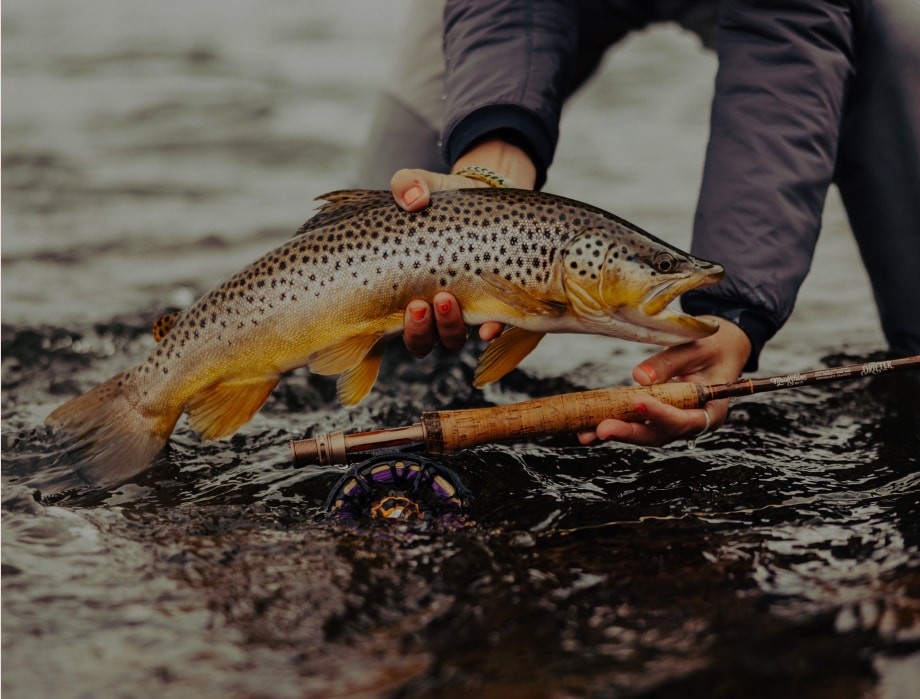
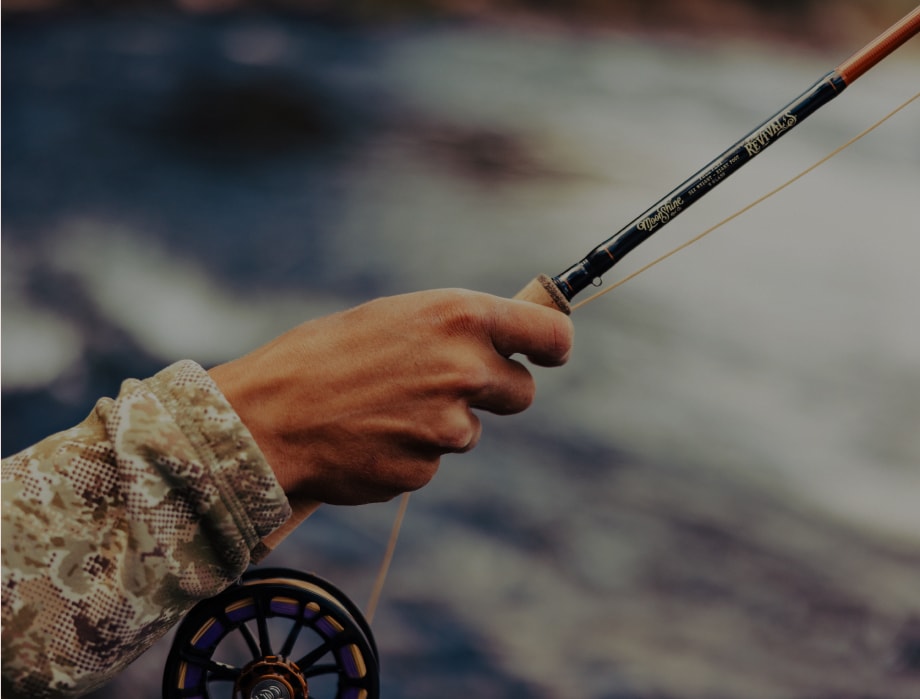
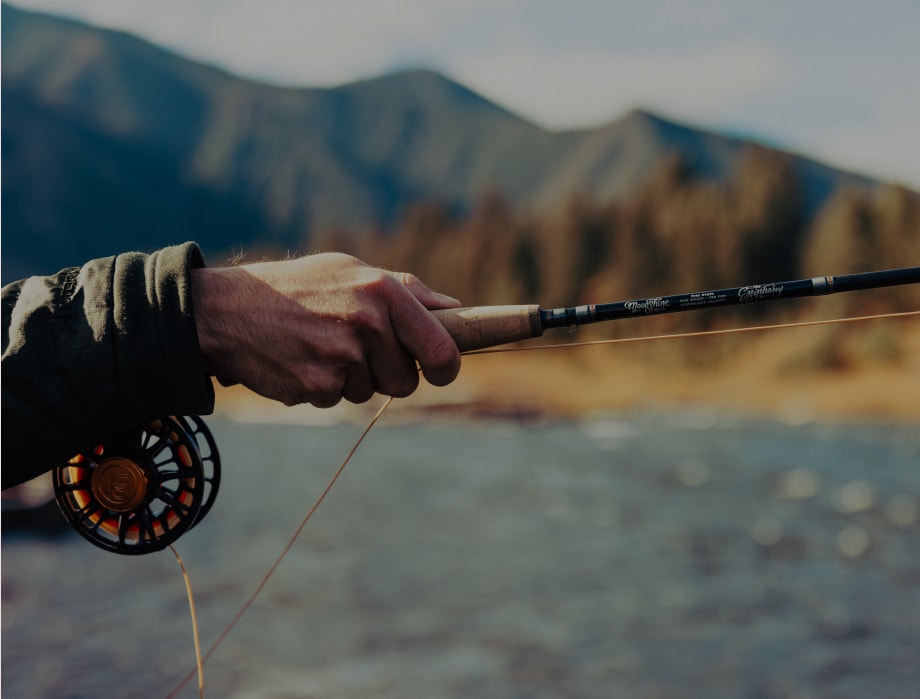
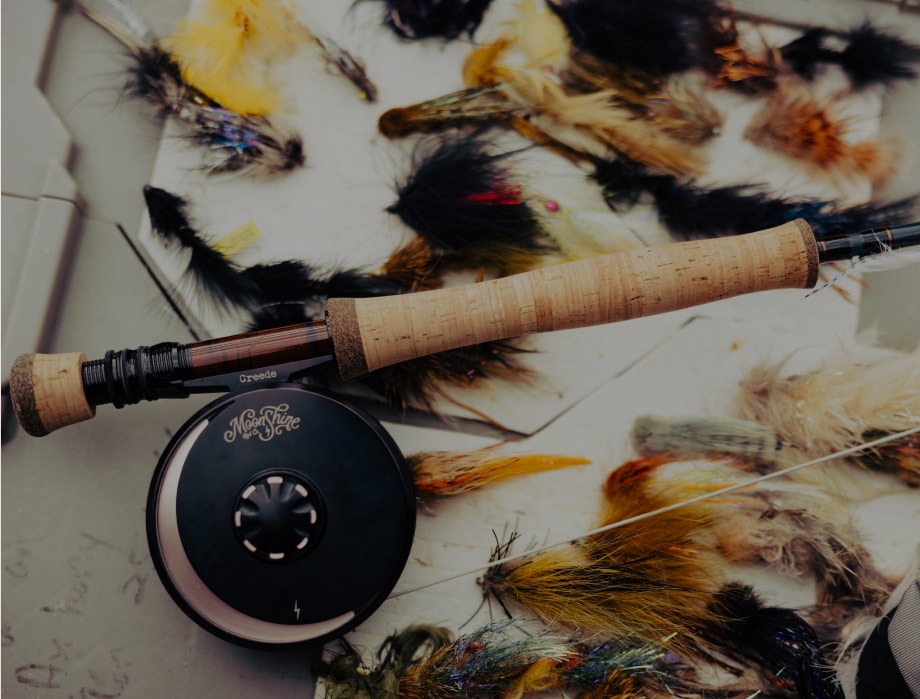
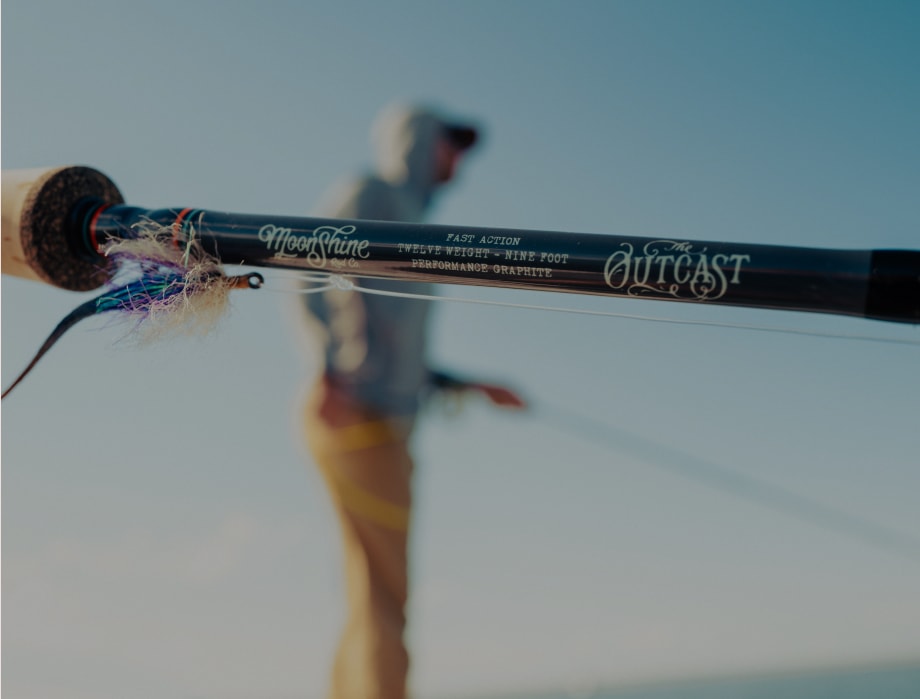
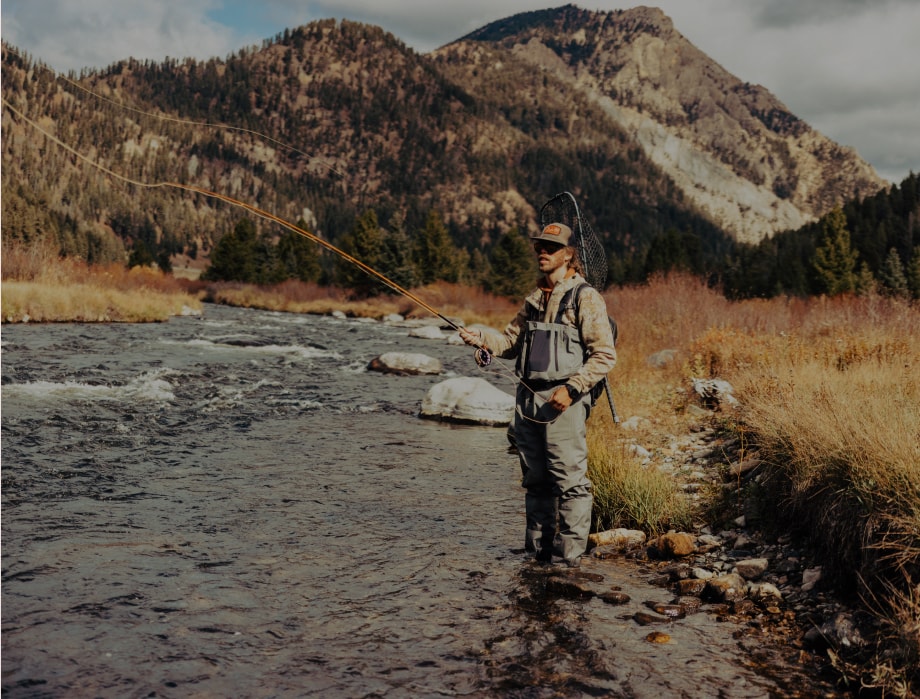
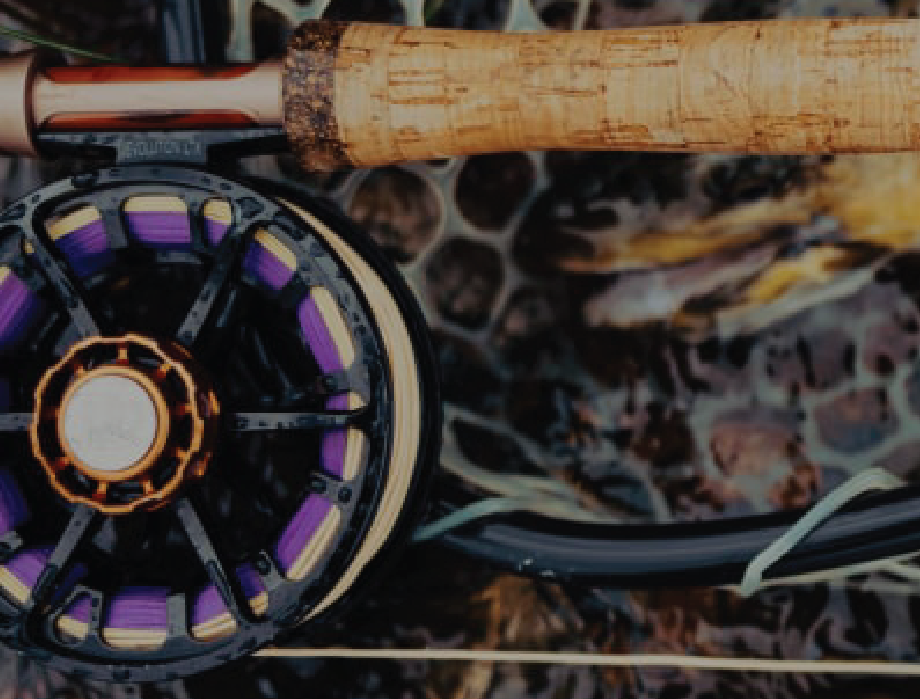
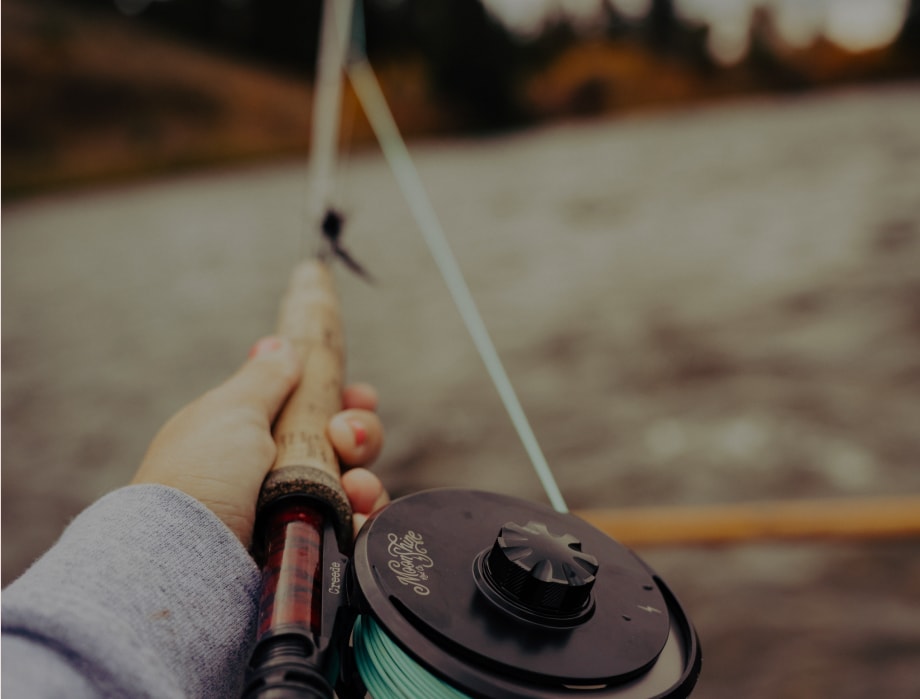
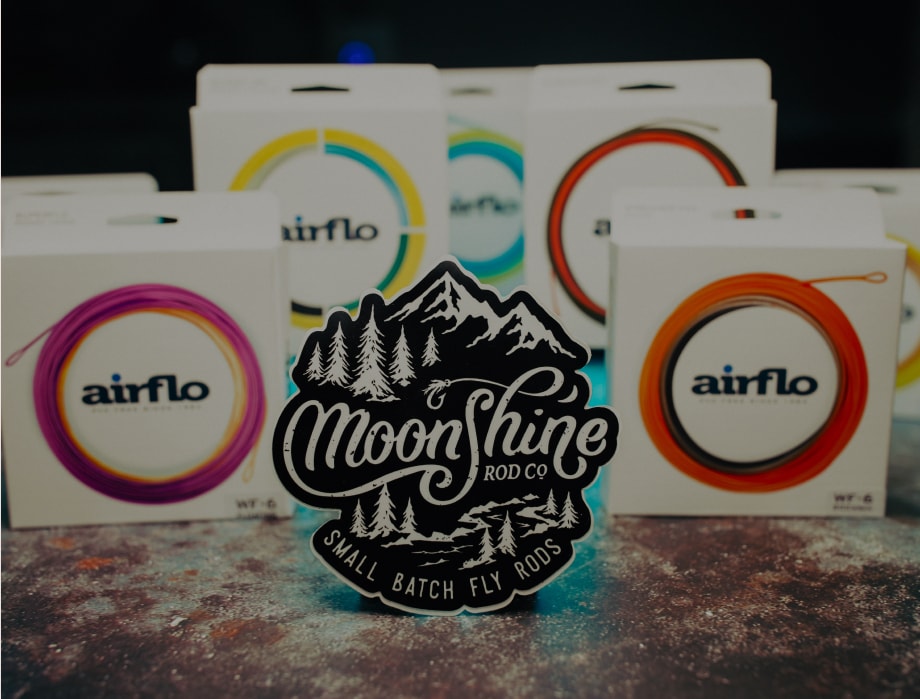

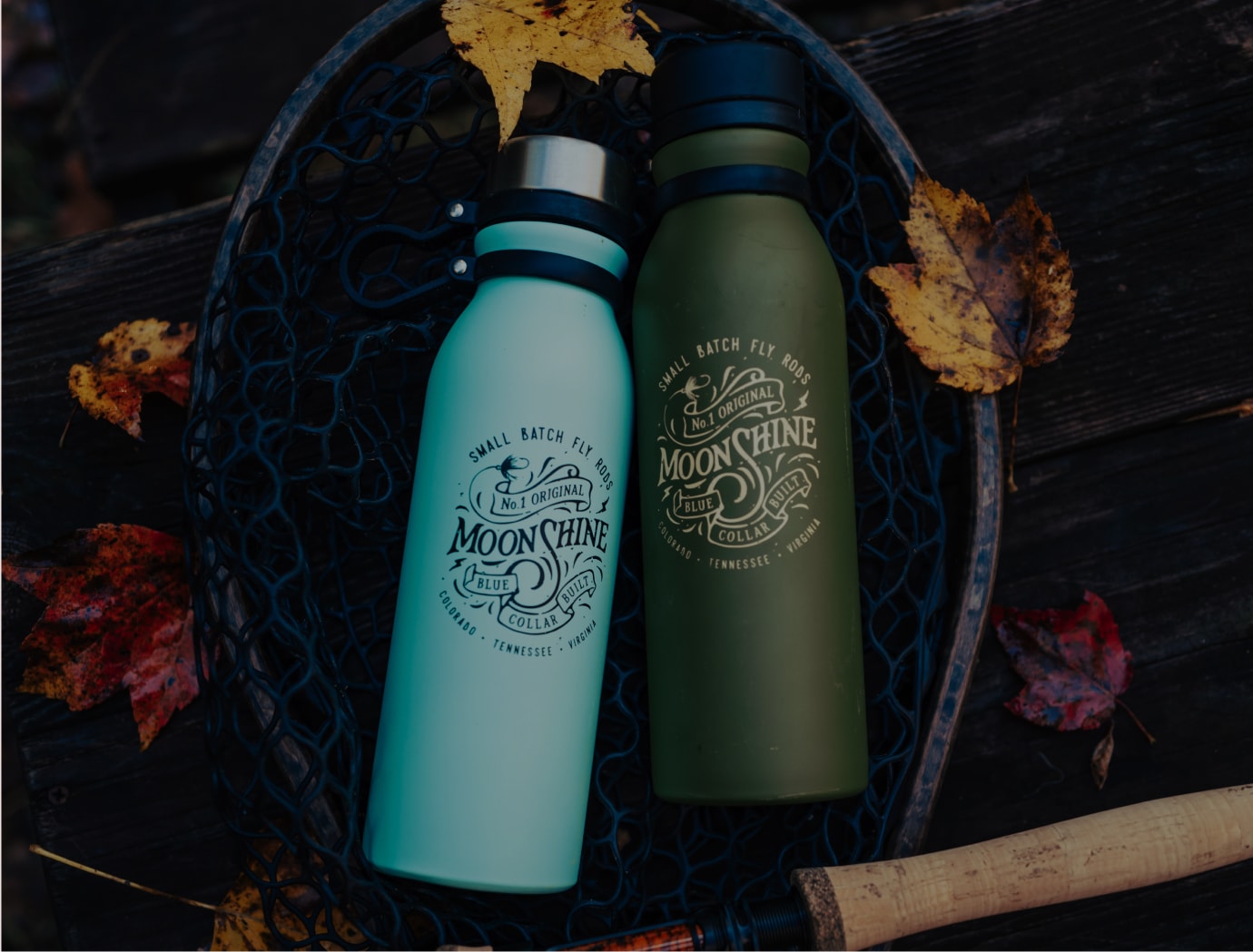

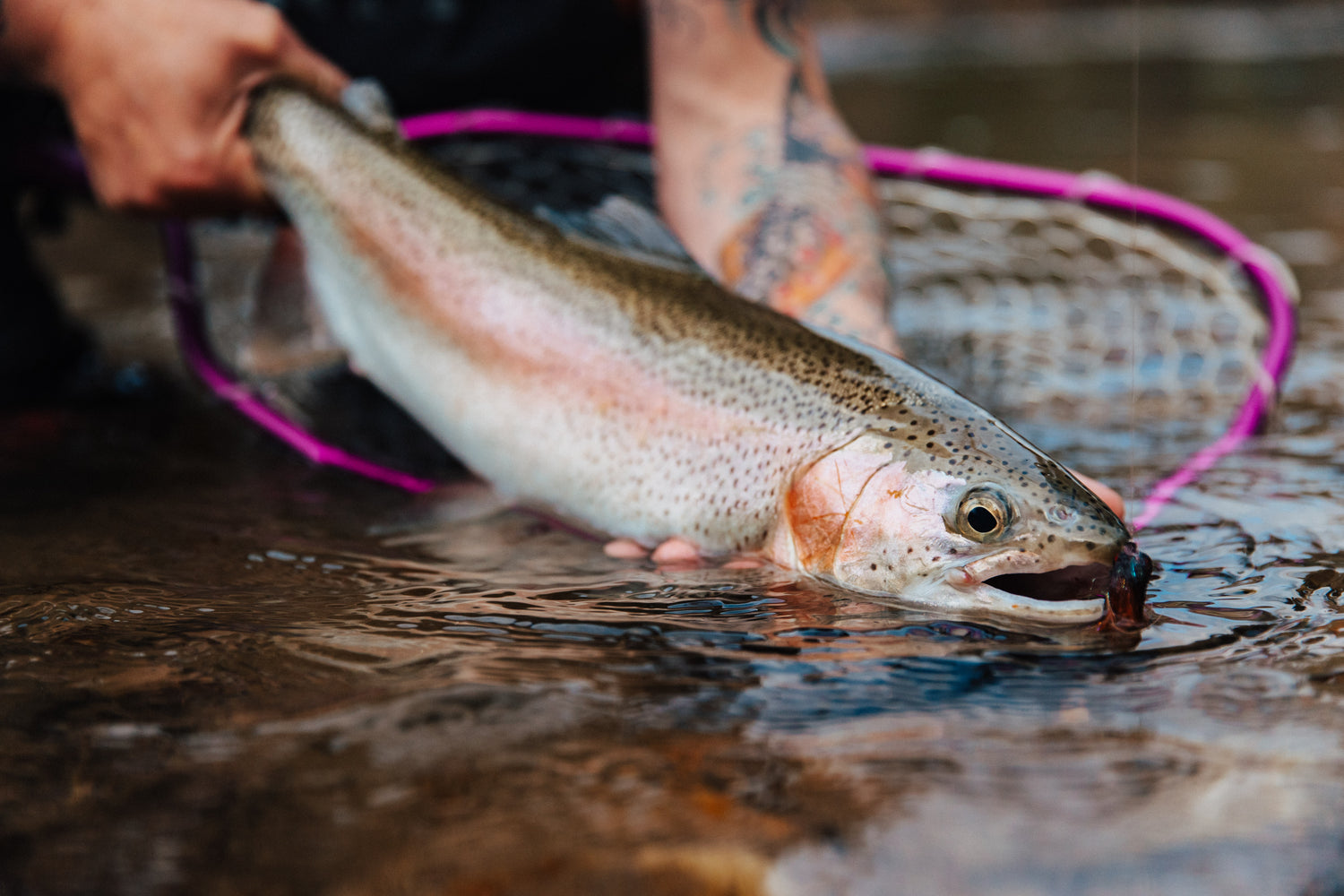
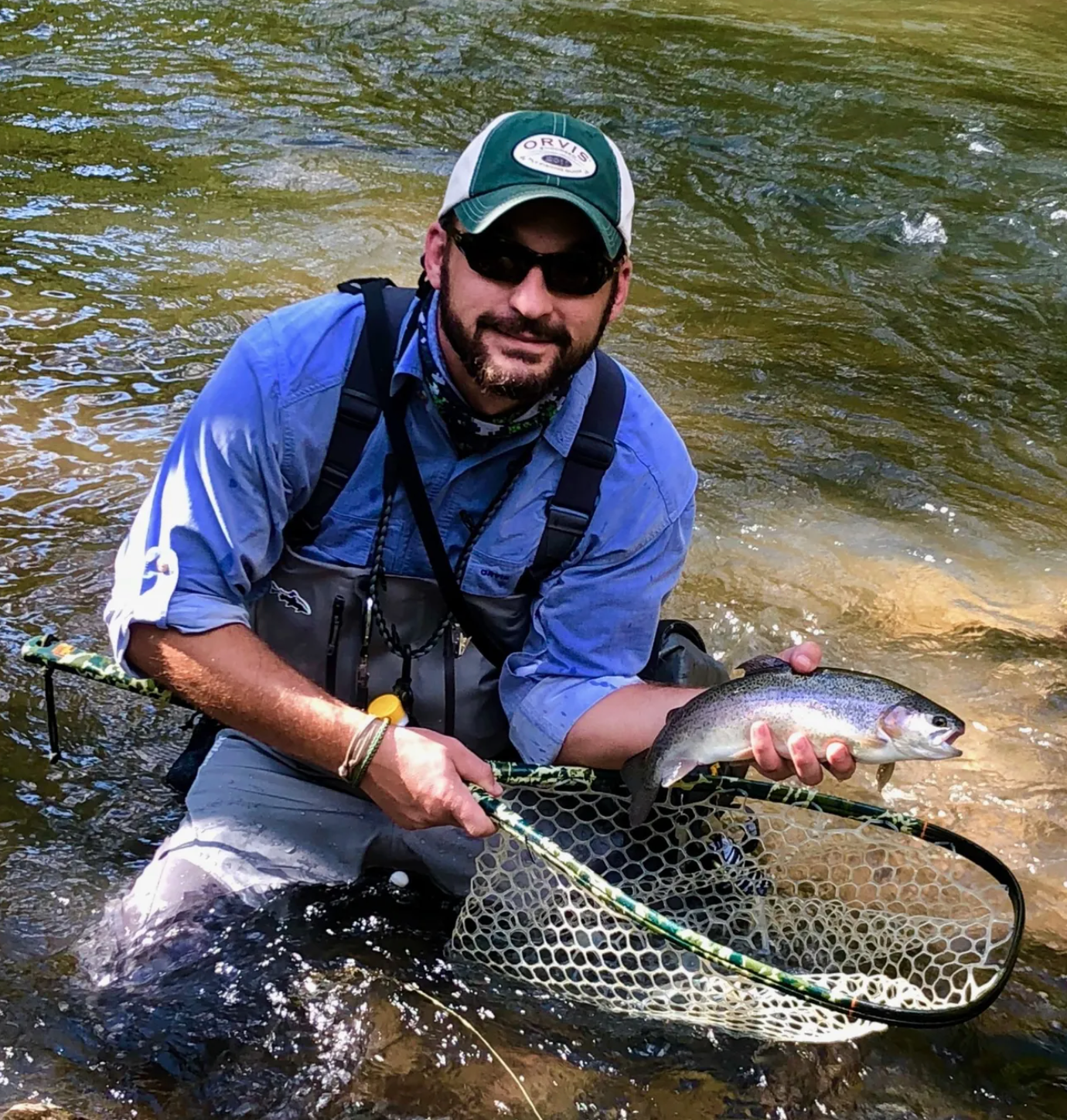
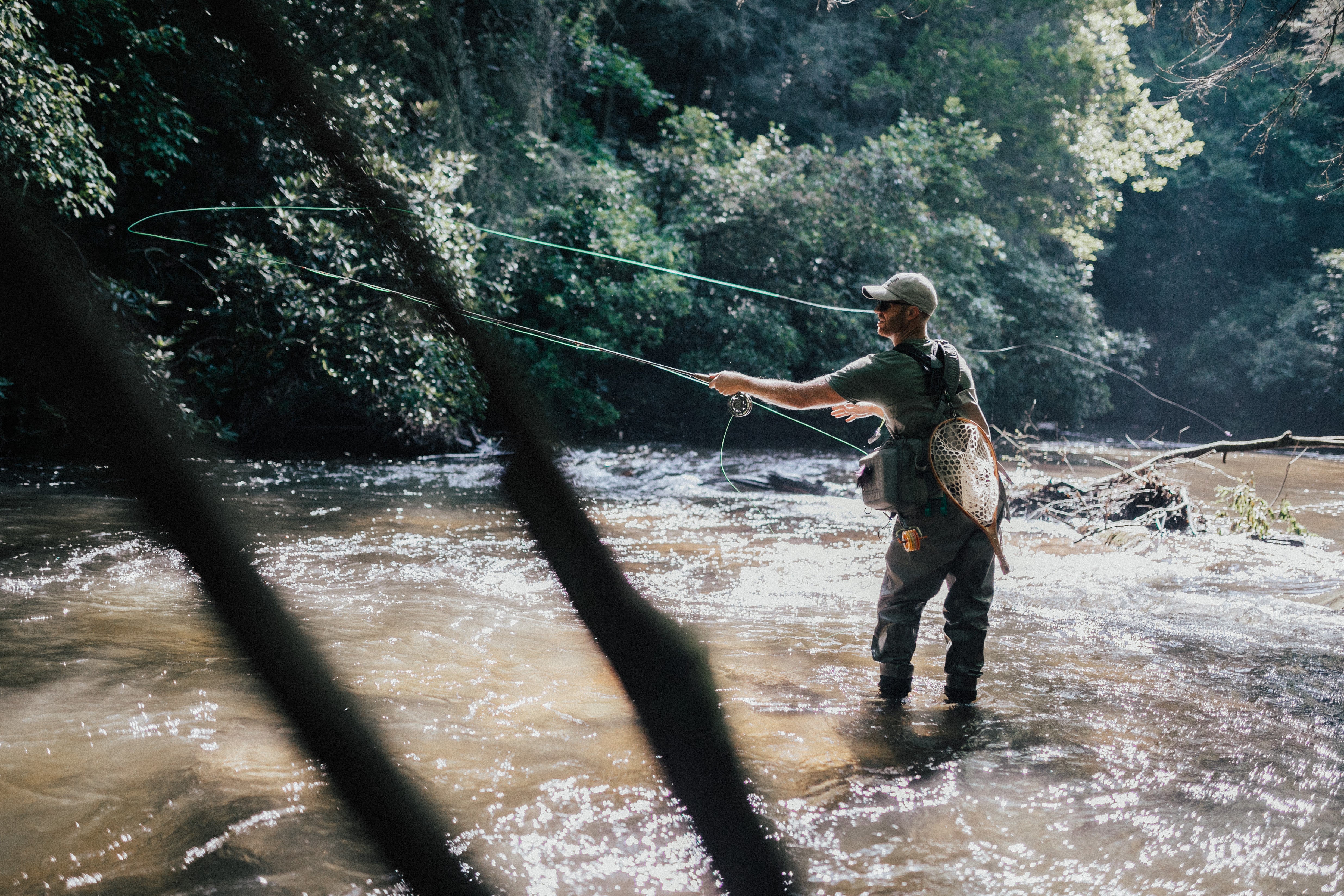
Leave a comment
All comments are moderated before being published.
This site is protected by reCAPTCHA and the Google Privacy Policy and Terms of Service apply.